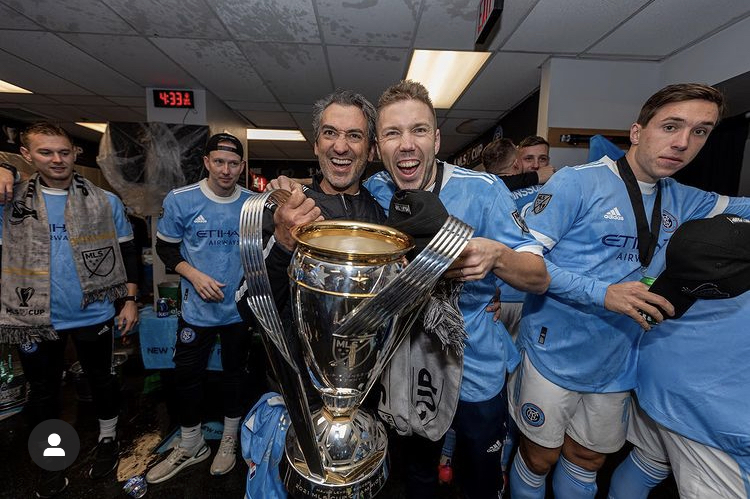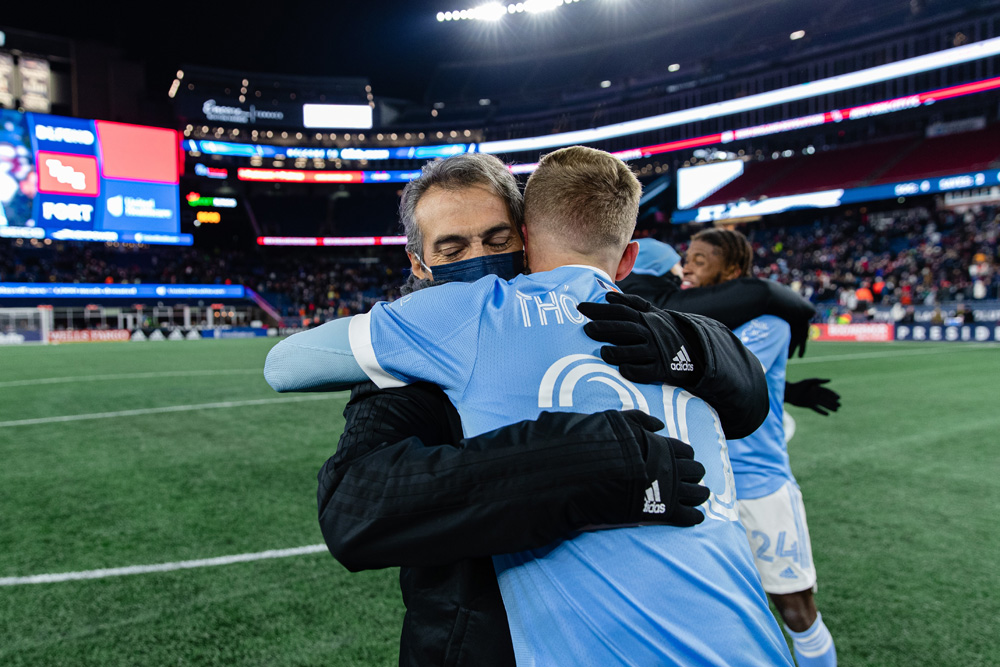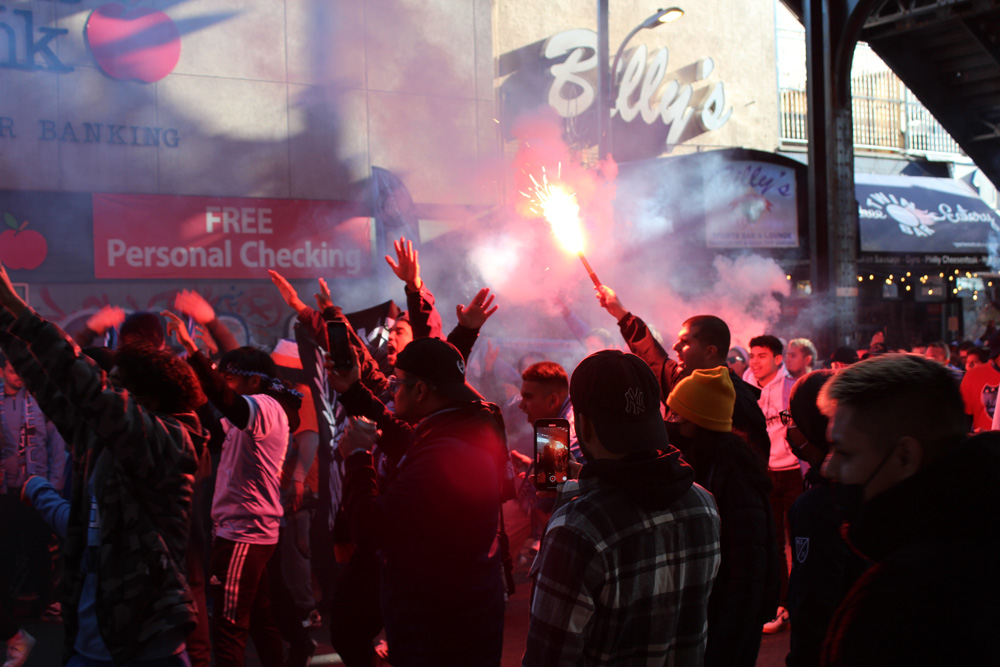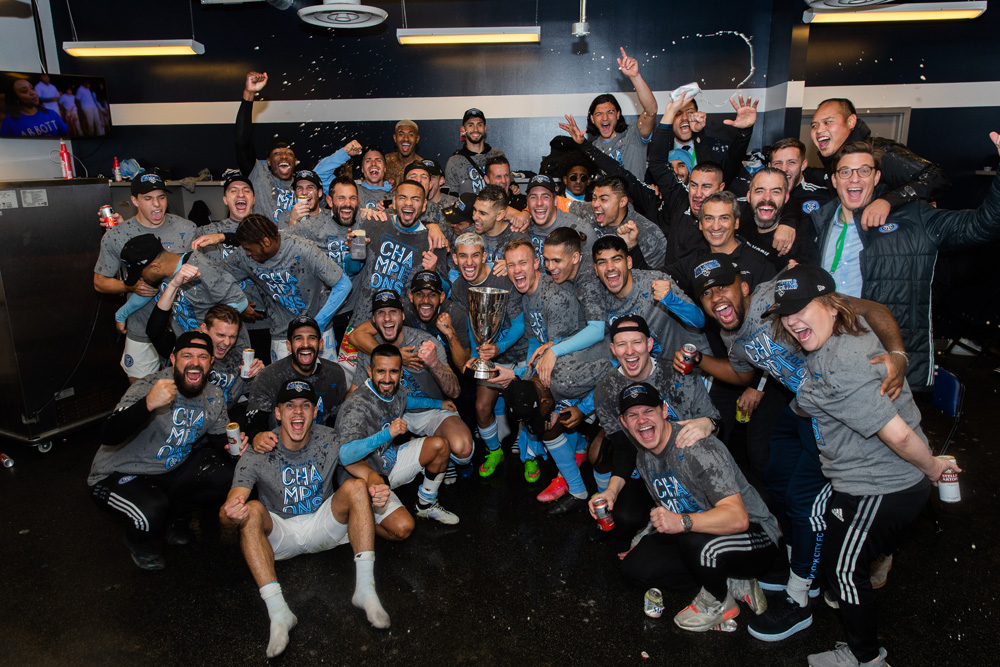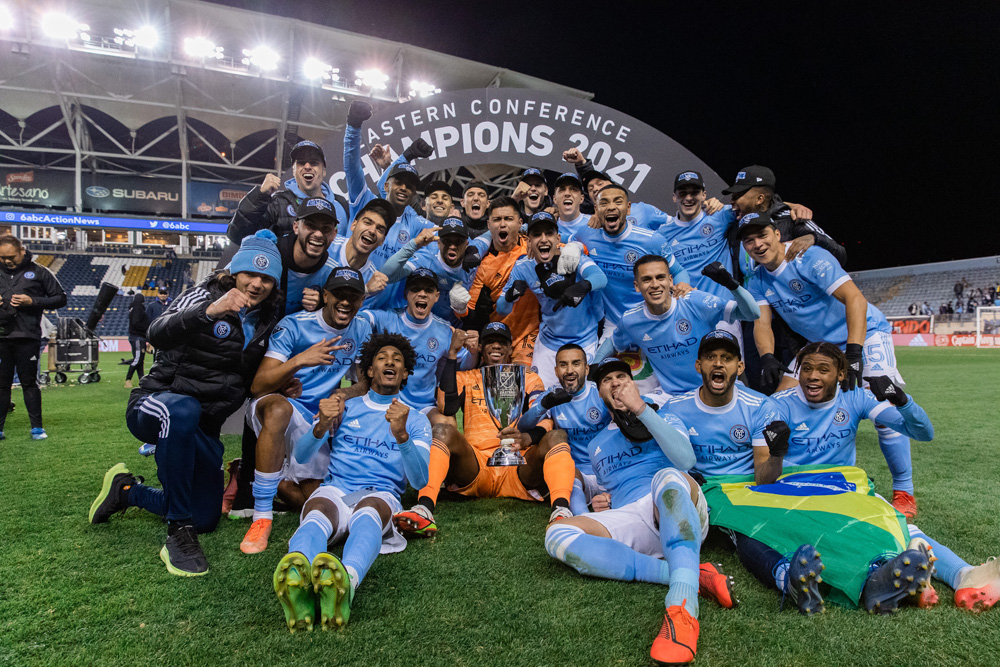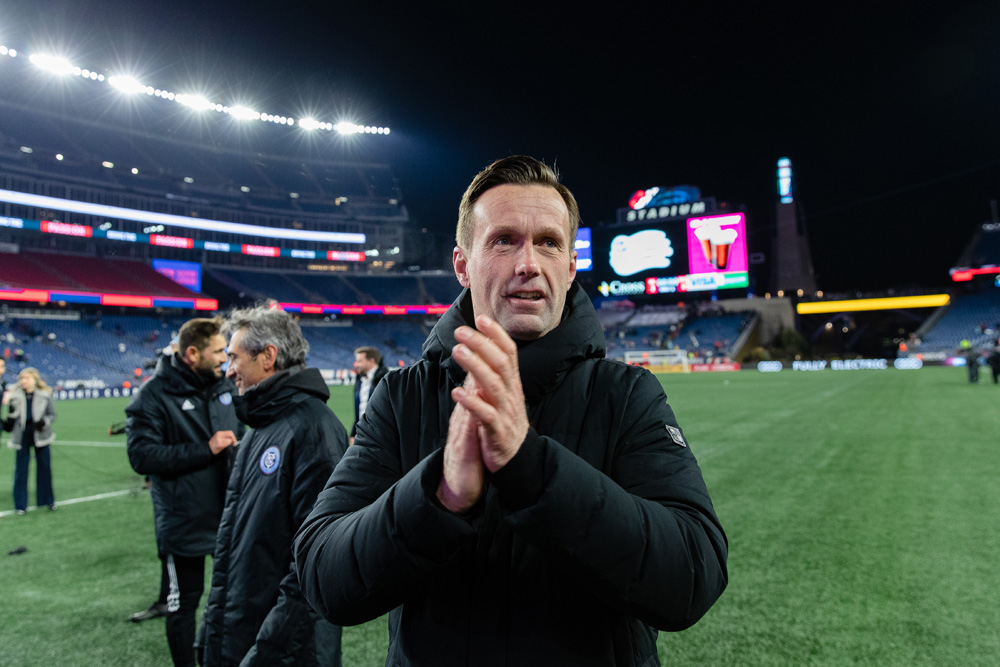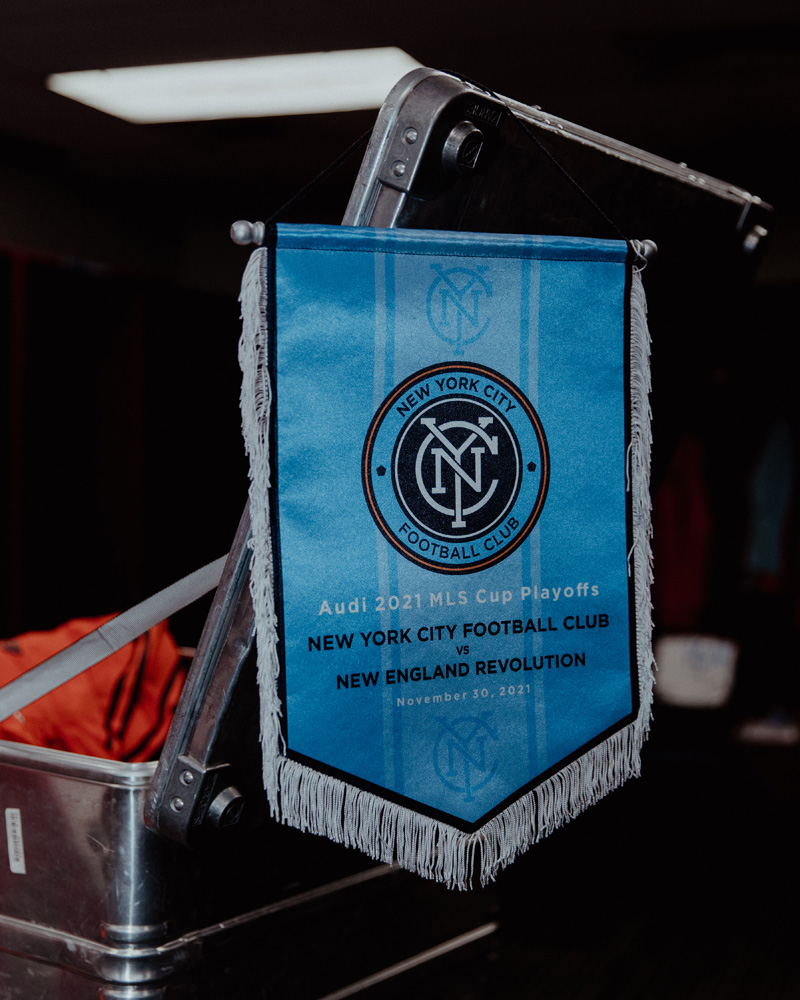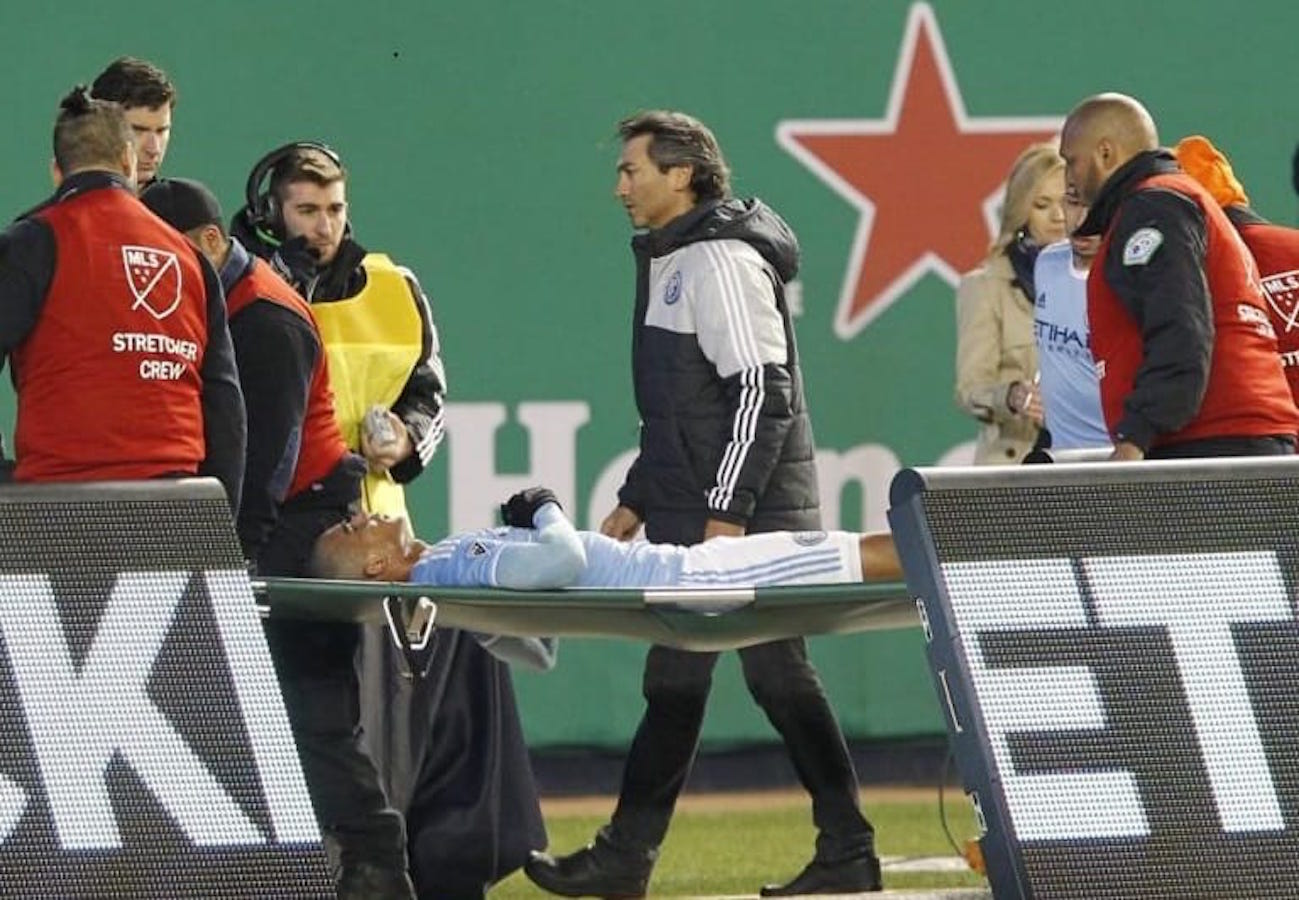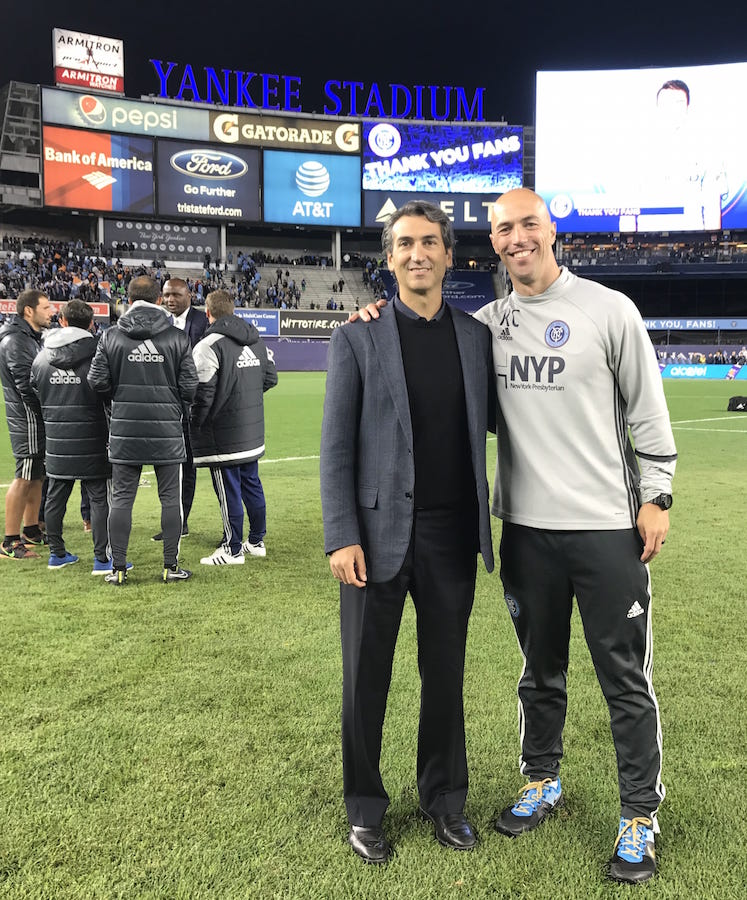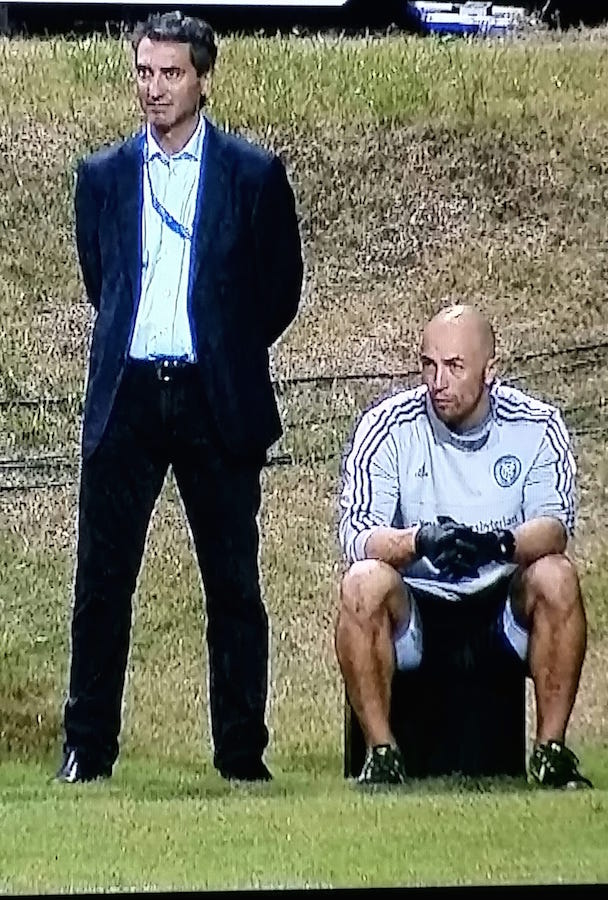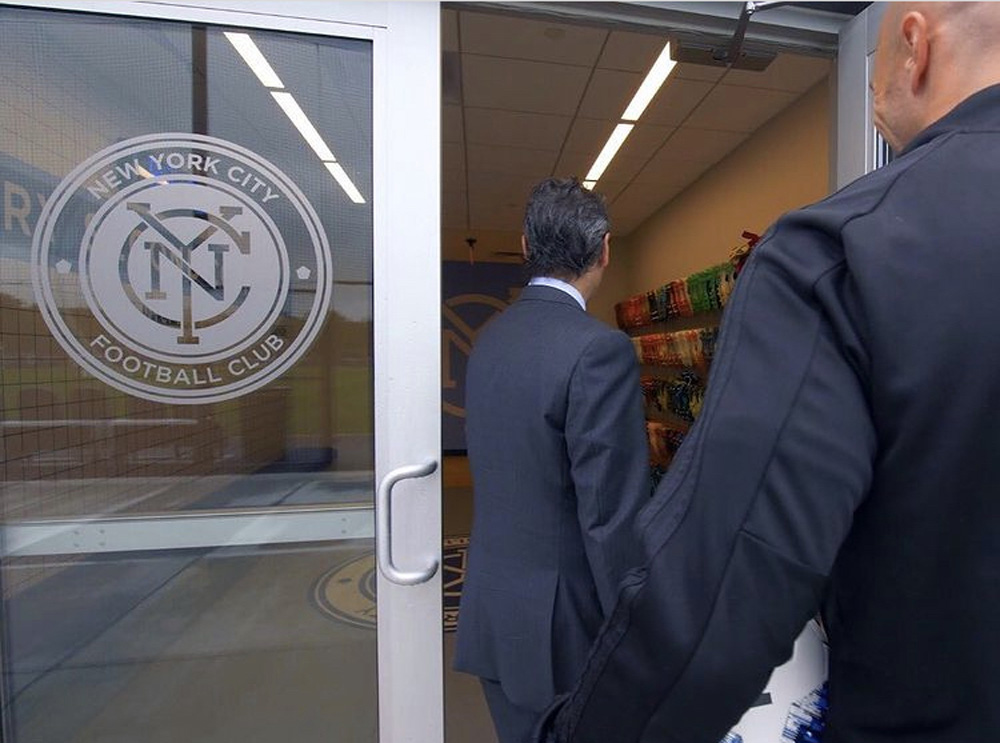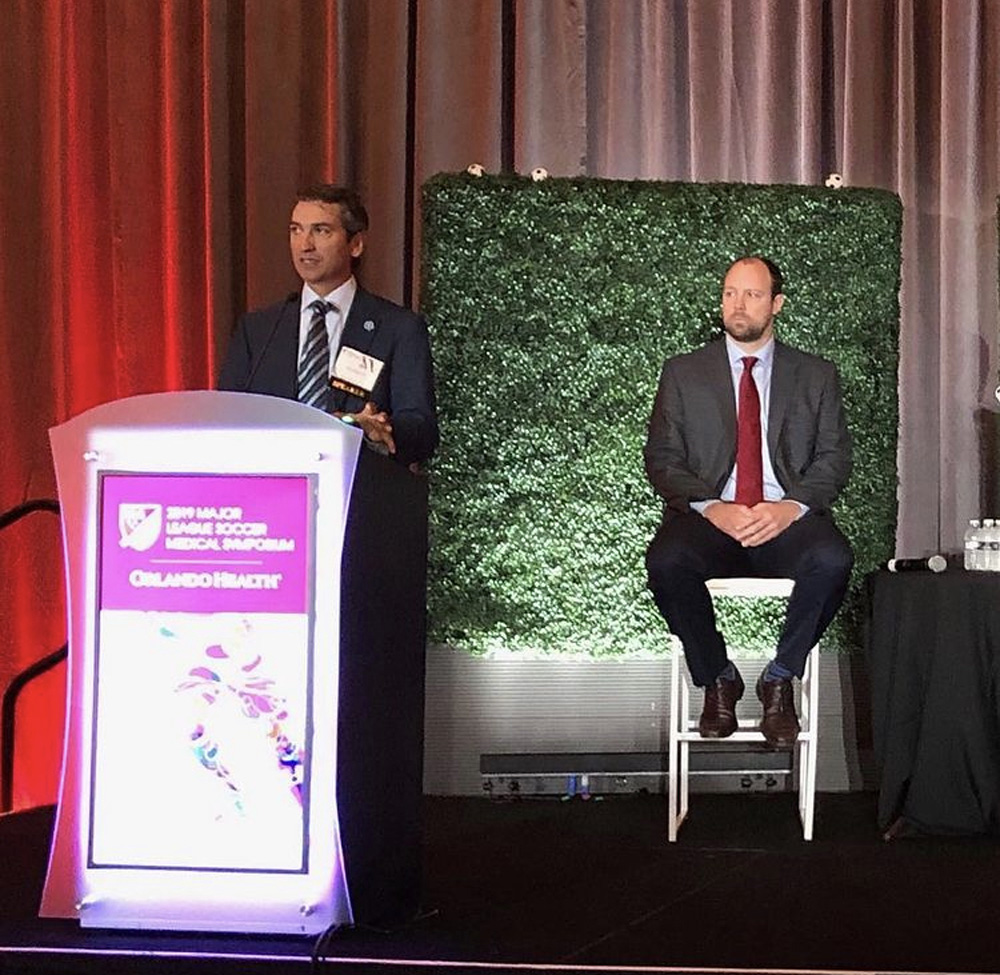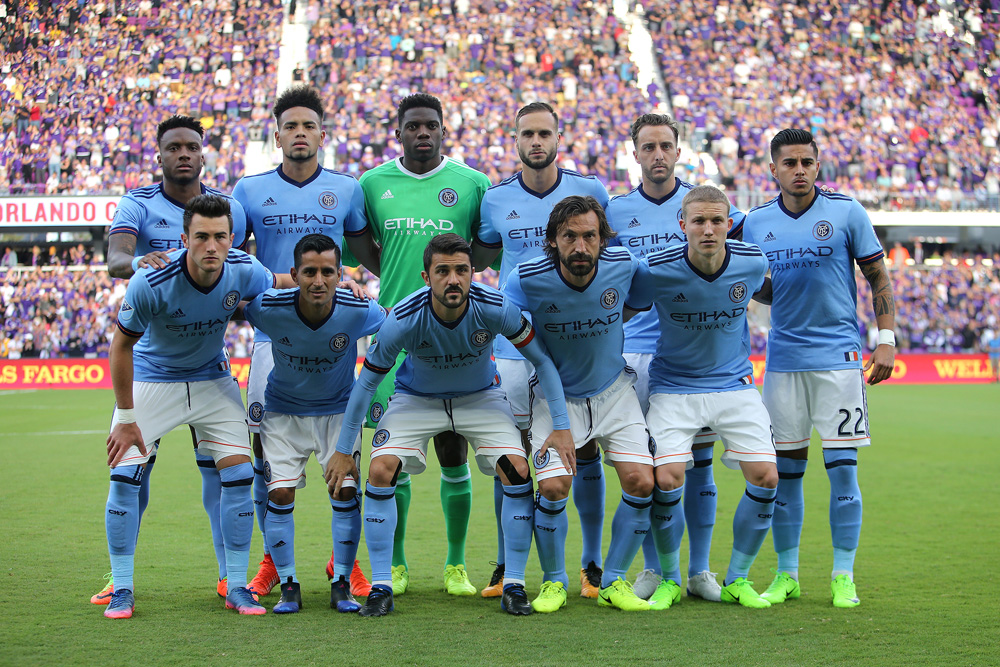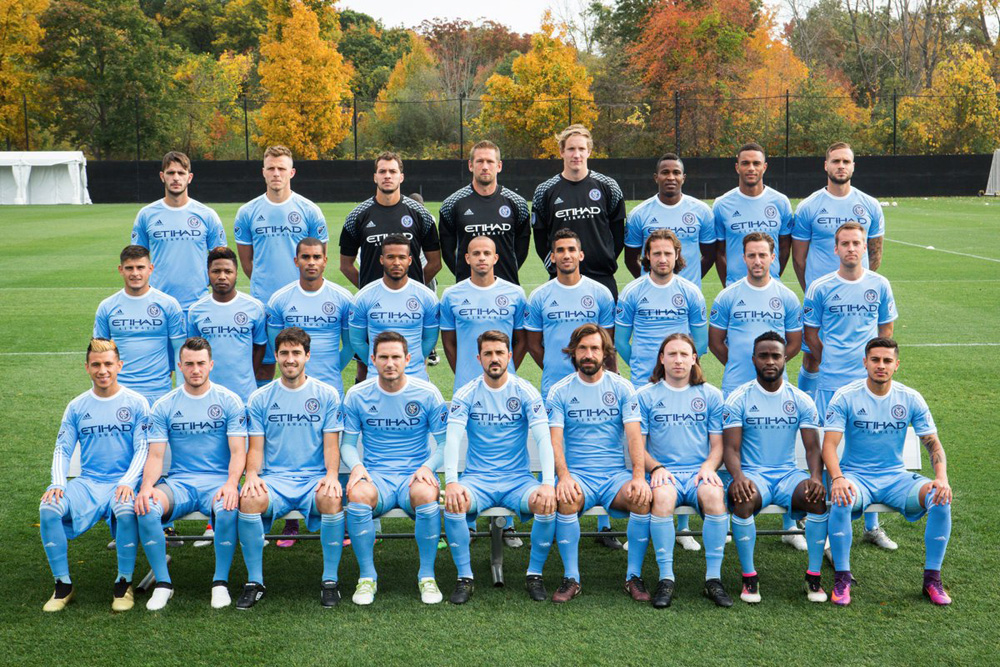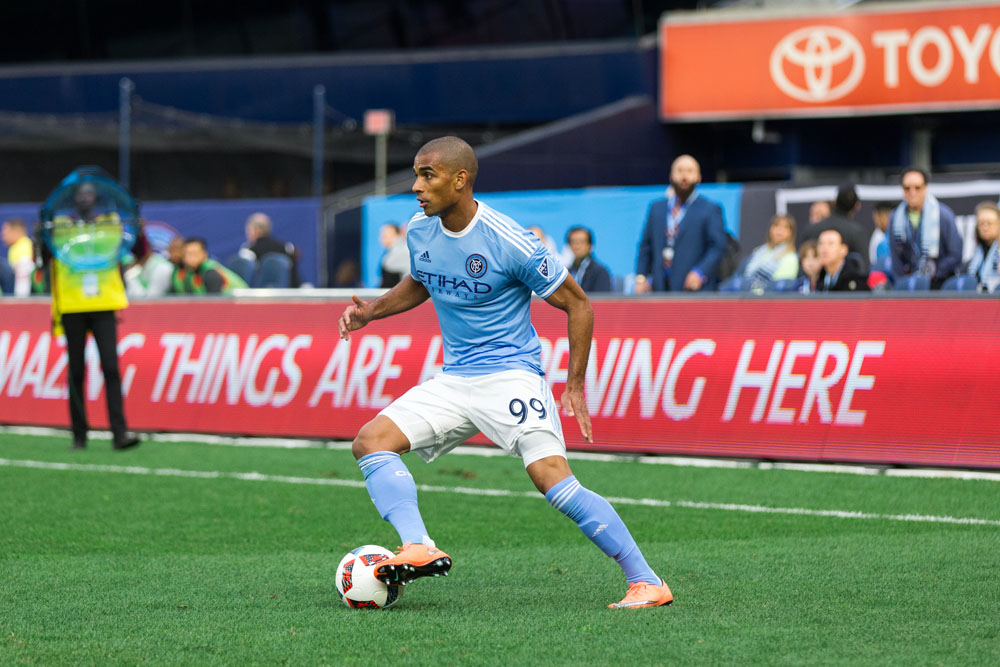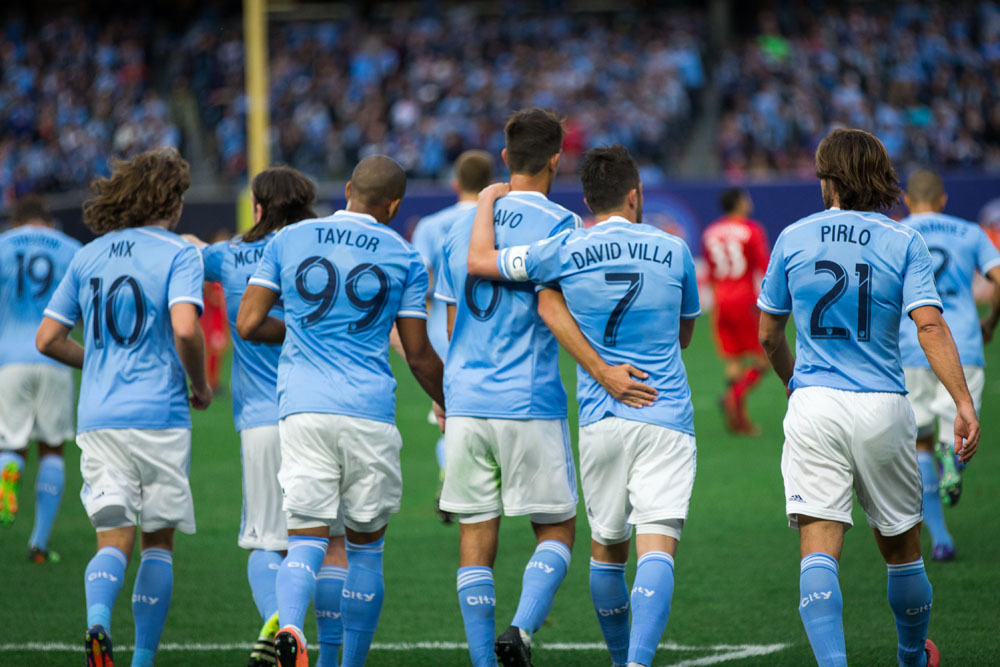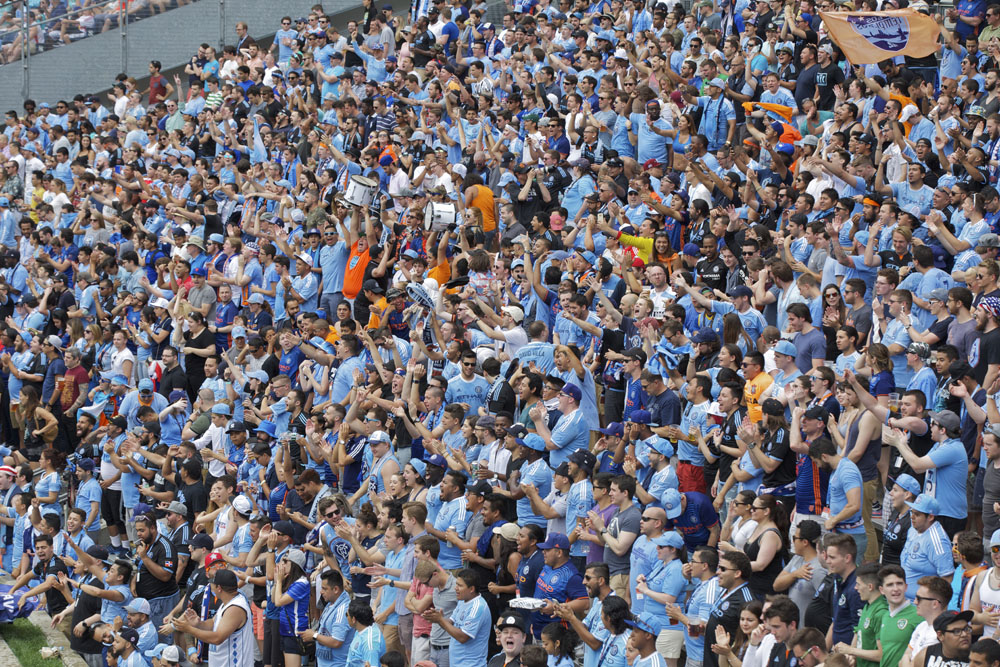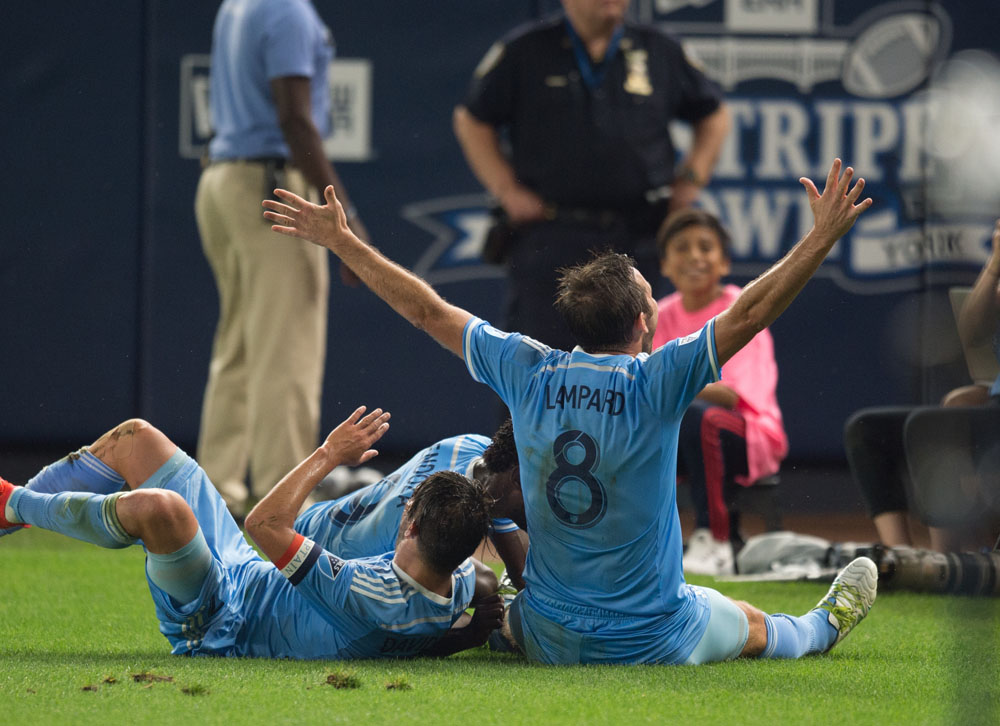NYCFC – Chief Medical Officer & Head Team Physician


Dr. Christopher Ahmad was named the Head Team Physician and Chief Medical Officer for the New York City Football Club since the team first joined Major League Soccer (MLS) in 2015.
Dr. Ahmad’s commitment to improving the health of soccer players began with his playing days at nationally ranked Columbia University where he studied mechanical engineering and engaged in knee ligament research. In fact, his undergraduate research thesis was dedicated to the study of knee ligament injuries. His research related to soccer injuries has been well recognized and has contributed to prevention and optimal surgical treatment of some of the most common soccer injuries such as ACL tears, meniscal tears, and patellar dislocations.
Dr. Ahmad also serves as the Chair of the MLS Team Physicians Education Committee with a mission to educate soccer athletic trainers, physical therapists, coaches, and parents.
BORN
- March 25, 1968
UNDERGRADUATE MAJOR
- Mechanical Engineering
COLLEGE SPORTS PLAYED
- Columbia University Varsity Soccer (4 Years)
NYCFC HEAD TEAM PHYSICIAN AND CHIEF MEDICAL OFFICER
- Since 2014
FELLOWSHIP
- Sports Medicine Fellowship at the Kerlan-Jobe Orthopedic Clinic, working under Frank Jobe, the originator of the Tommy John surgery.
PLAYERS TREATED
- Tony Taylor
2021 MLS Cup Championship
Head Team Physician and Chief Medical Officer Interview
How did you become the New York City football club team physician?
My goal, like Derek Jeter’s to become the shortstop of the New York Yankees, was to become a head team physician for an elite soccer team. Growing up, my life was committed to playing competitive levels of soccer. I was fortunate to travel to Europe three times and play at the Olympic development level for the Eastern region and the Empire State games. In addition, I played four years of soccer at nationally ranked Columbia University. While at Columbia University studying mechanical engineering, my interest in sports medicine was solidified. My thoughts were that I could continue my involvement and love for soccer beyond my playing days—not as a coach, not as a manager, but as a sports medicine specialist where I could keep the dreams alive for injured players.
I therefore pressed my medical education and my orthopedic training to become the best orthopedic surgeon sports medicine specialist I could possibly be. As a fellow at the Kerlan-Jobe orthopedic clinic in LA, I gained great experience while covering LA Galaxy games as the fellow team physician. I recall during that season I was asked to evaluate a player on Kansas City’s team, Tony Meola, who I knew from my teen years when we both played on a team for the Maguire Cup. I also had many opportunities to chat with Alexi Lalas, who was acquired by the LA Galaxy. My senior year, Columbia University played against Rutgers in the final 16 of the NCAA division 1 championships. It was Alexi Lalas and Rutgers that eliminated us from the tournament. I was treating some of my great former competitors, which was exciting as my dream became realized.
After being the New York Yankees Head Team Physician for eight years, the Yankees went on to become part owner with New York’s MLS expansion team: The New York City Football Club. This team was designated to play in Yankee Stadium. With my natural passion for soccer, having performed a large number of ACL reconstruction surgeries, care for soccer players at every level, and great experience as a Team Physician, I was selected to be the Head Team Physician and the Chief Medical Officer for the New York City Football Club. Shortly after, I was asked by Larry Lemack, MD, the Medical Director of the MLS, to be the Education Committee Chairman for the MLS.
What is it like to be the team physician for a professional soccer team like the New York City Football Club?
One of the greatest areas of joy in my career, as well as part of my responsibilities with taking care of the team, is to do training room hours once a week and to cover every home game. I typically come in an hour before the game and I leave an hour after the game. Before the game I meet with Kevin Christen, the head athletic trainer, and we go over any injury issues that may be lingering from the week’s training. Unfortunately, players sometimes get injured and require MRI scans, physical examinations, and treatment. Determining if and when they are ready to return to competition is often challenging.
My job caring for the professional athletes in the New York City Football Club is expansive. NYCFC also has academy teams and youth soccer organization affiliates that I provide care for. My role is more involved than reacting to injuries, where players get injured and we correct them to keep their dreams alive; much of my work is designing injury prevention. We do seminars and educational activities based on our own research to help our young athletes avoid injury.






